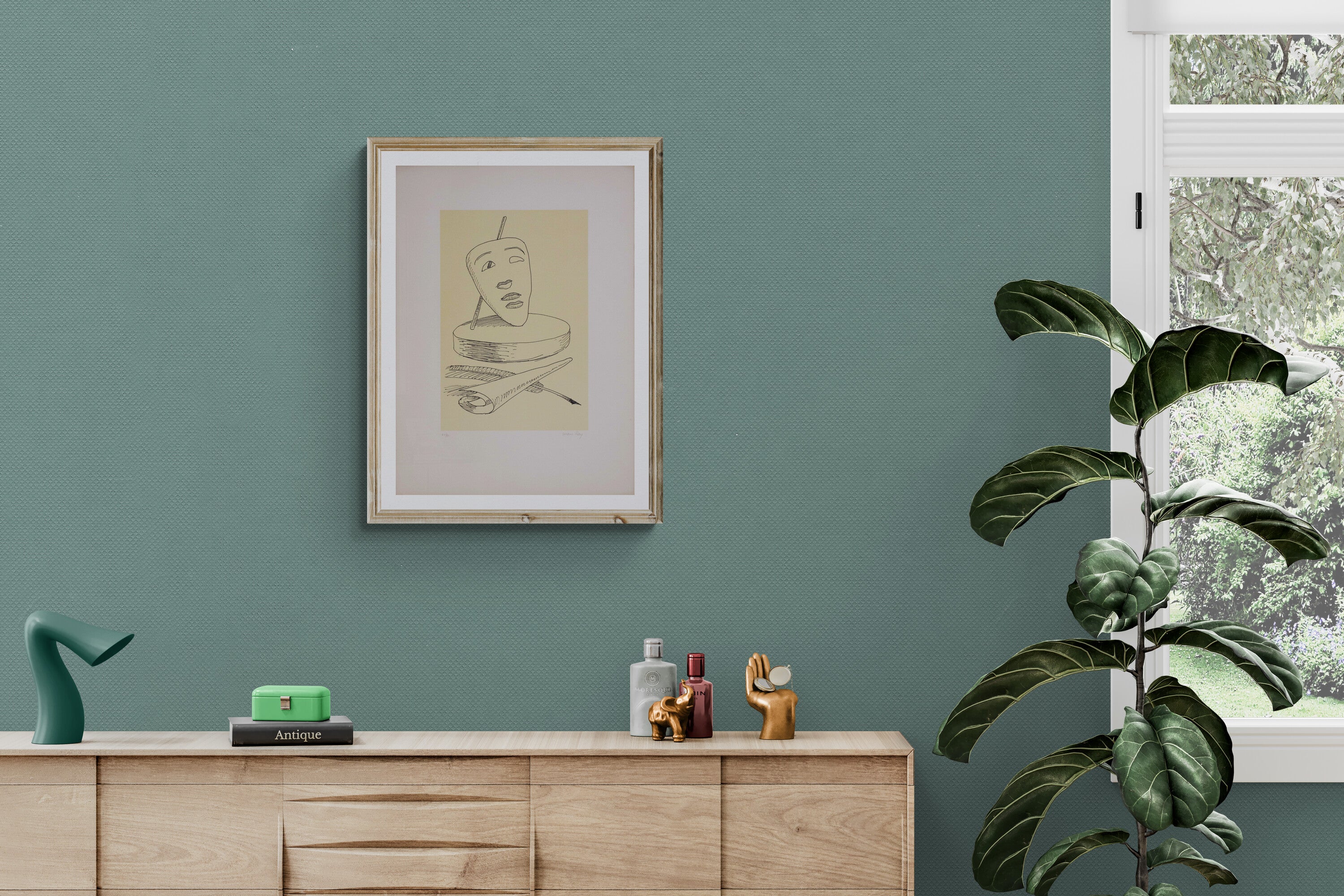Giuseppe Cesetti biography
-GIUSEPPE CESETTI PAINTER

Giuseppe Cesetti is an Italian painter. He was born in Tuscania in 1902.
Son of farmers, he spent his adolescence in contact with that nature and those landscapes that we will find in his future works and that made him known to the public as the painter of horses or the Maremma painter.
He is self-taught and at the age of 16 he began to travel throughout the Italian peninsula until he reached Rome where he came into contact with the artists and writers of those years. He exhibited for the first time in Como, in 1927, then moved to Florence where, in 1930, he held his first solo exhibition at the Galleria Santa Trinità. On this occasion, many artists including Libero Andreotti, Romano Romanelli, Ottone Rosai, Ugo Ojetti purchased some of his paintings to encourage the young artist.
In 1931 Giuseppe Cesetti was appointed assistant to the painting chair at the Accademia di Belle Arti of Venice. Around him gathered many young artists who gave life to the Cavallino movement. Also in 1931, he participated in the Quadriennale di Roma with three works. In 1934 he participated in the Biennale di Venezia with five works, including Alla staccionata and Nudo di giovinetta. In 1935 he exhibited at the Galleria del Milione in Milan, while the following year he returned to the Biennale di Venezia exhibiting the famous painting I Vaccari.
From 1935 to 1937 he was in Paris where he befriended Giorgio de Chirico, Filippo de Pisis and Antonio Aniante. Returning to Italy in Milan, he joined the Pesce d’Oro group composed, among others, of Giovanni Scheiwiller, Francesco Messina, Salvatore Quasimodo, Raffaele Carrieri, Leonardo Sinisgalli, Arturo Tofanelli.
In 1939 he took the drawing chair at the Liceo Artistico di Venezia, and in 1941 he was appointed holder of the painting chair at the Academy of Fine Arts of the same city. In 1943 he requested to be transferred to the Academy of Fine Arts in Rome and at the same time founded the Galleria del Secolo.
At the end of the war, he was appointed provincial deputy of Viterbo by the liberation committees. In 1946 he returned to Venice and in 1949 organized and presided, in collaboration with the municipality of Venice, the exhibition 50 years of painting in Italy creating on that occasion the Purchase Prize, still in force today. In 1961 the city of Viterbo set up a large retrospective of Cesetti at the Palazzo dei Priori, with over 100 paintings ranging from 1928 to 1961.
After the 1971 earthquake that devastated his hometown, he worked to promote its artistic and cultural rebirth. In these years he began working in the studio in Montebello, in the countryside around Tuscania, where he lived and worked until his death in 1990.



